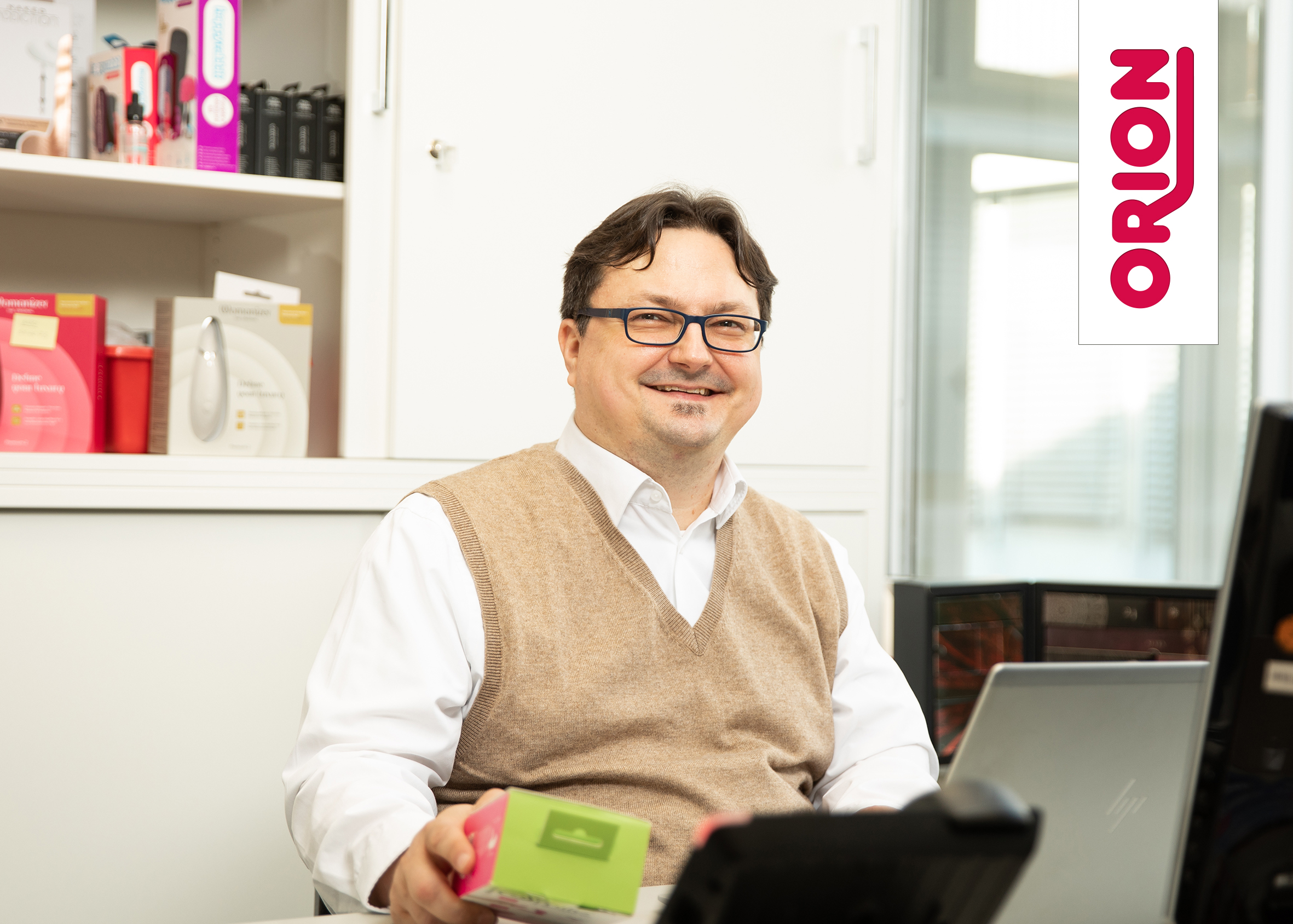The First ISO Standard for Sex Toys
The International Organization for Standardization (ISO) has recently published the development of a safety standard for the quality of sex toys to ensure higher safety when using sex toys.
Sex toys are in touch with the most intimate and sensitive parts of the body, and yet there hasn’t been any official guideline for their quality assurance so far. That’s why experts from the erotic industry and standardization specialists from various countries have connected with each other to develop standardized guidelines. The result is the international standard “ISO 3533:2021”. Head of the German delegation was Stefan Schröder, Head of Quality and Conformity at ORION, who explained the details of this new ISO standard for sex toys in an interview.
What is the exact name of the sex toy standard?
It is an international standard, the “ISO 3533:2021”. ISO stands for International Organization for Standardization. There are also the German national standards called “DIN” (Deutsches Institut für Normung / German Institute for Standardization) and the European Standards “EN” (from the German name Europäische Norm / European Norm). Any standard that includes these terms is acknowledged all around the world.
What does the standard “ISO 3533:2021” cover?
The standard covers safety requirements for sex toys that are intended to come in direct contact with genitals and / or the anus. These requirements relate to the mechanics, electrics and vibration, materials, general safety and user information. There are, for example, certain requirements for the design – e.g. anal toys need to have a stopper or any kind of retrieval mechanism. Of course, chemical aspects are also important. Manufacturers are obligated to look into the composition of a product, particularly its biocompatibility. But there are also requirements for the packaging and the instruction manuals.
Who was the initiator of the standard? And why?
The standard was initiated by the Swedish Institute for Standards (SIS) in 2019 and has been guided through the development process. Doctors from a hospital in Stockholm had complained about the deficient safety of sex toys that they had to operate out of patients on a regular basis.
Who was significantly involved in the development process of the standard?
The ISO standards body consisted of delegates from the countries that were involved in the process – most of them were European countries. There were delegates from Sweden, the UK, France, the Netherlands, Switzerland, Germany and Japan.
How long did the development process take?
The development process usually takes at least three years, even longer most of the time. We had to deal with the Covid pandemic during this process which led to us being one of the first online-only commissions. However, thanks to our great co-operation we were able to get the standard through the entire development procedure in only 24 months.
In which way will the publication of this standard affect the erotic industry?
First of all, it’s a standard that can be used voluntarily. It gives clear information for the manufacturers on how to design a product so that it is “safe”. Over time this can develop into the “state of the art” so public authorities can also rate the safety of a product based upon the requirements that are stated in the standard.
What was ORION’s quality assurance based upon before this standard was published?
Already 15 years ago, ORION has tackled the problem that there was hardly any framework that would provide safety requirements for our products. We were able to develop our own “ORION Standard” in co-operation with very renowned laboratories. This standard is very common in Asia. We looked at chemical and physical aspects of the EU Toy Safety Directive and the associated standard EN 71 and adapted these standards for our products. The first stress tests for love balls or phthalate-free PVC were significantly defined as benchmarks by ORION. These benchmarks were largely adopted into the new standard.
